Why are astronauts making bubbles in space?
Follow Seeker Universe for more!
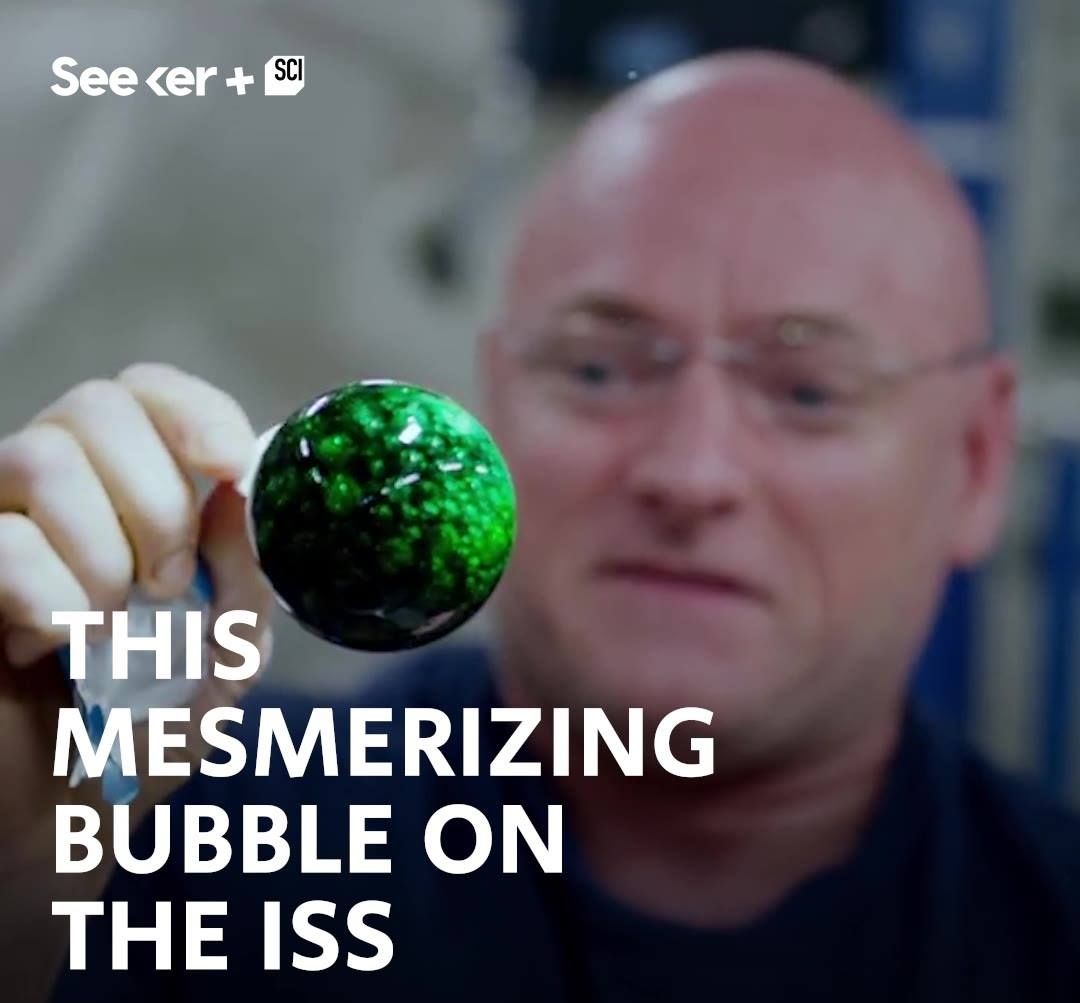
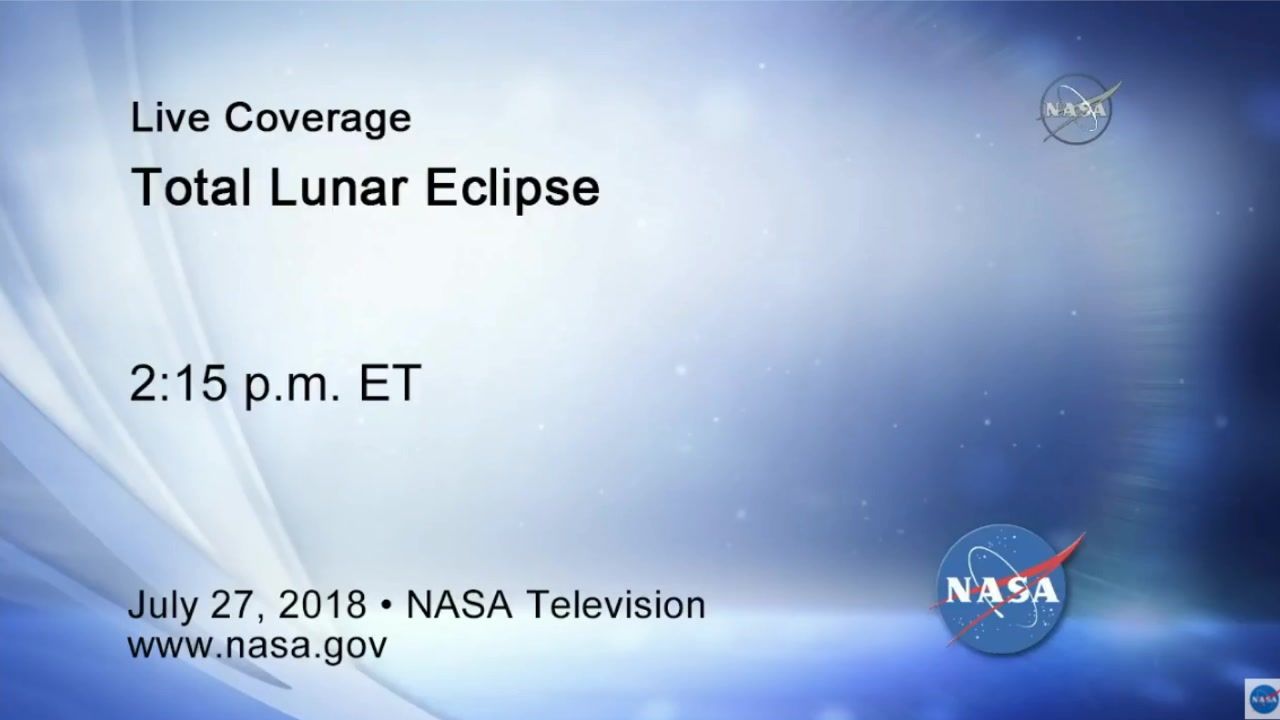
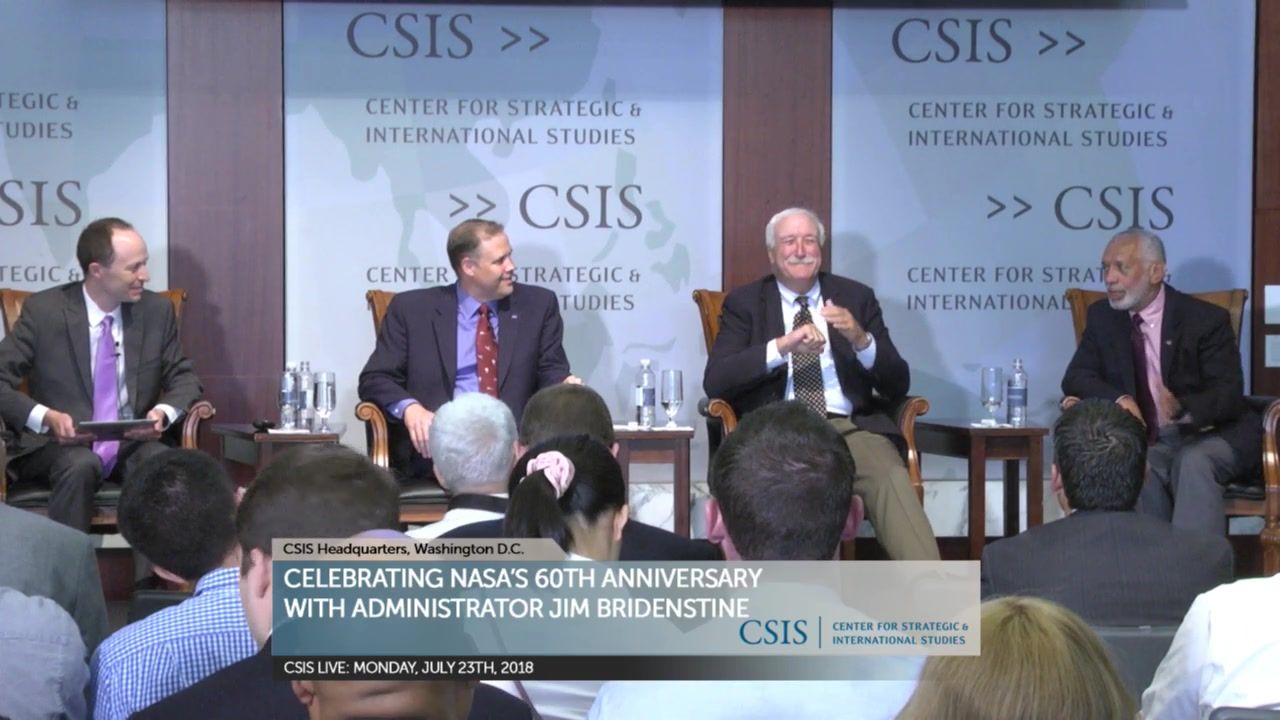
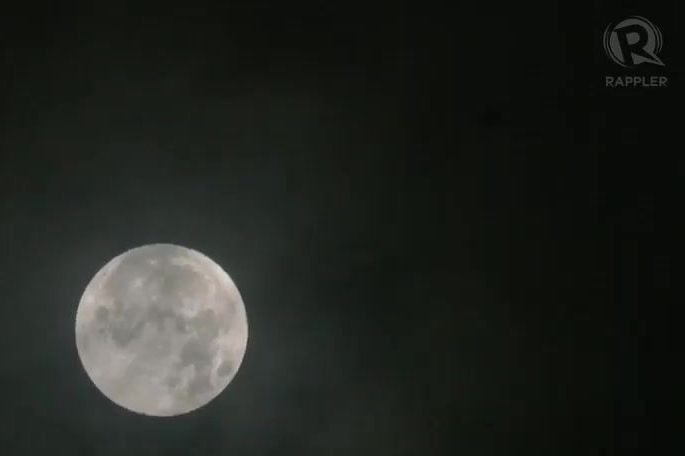
Watch on Rappler the longest total lunar eclipse of the century, and Mars will be right next to the eclipsing moon http://www.rappler.com/science-nature/earth-space/208321-how-to-watch-july-28-2018-blood-moon?utm_source=Facebook&utm_medium=social&utm_campaign=Inhouse_video&utm_campaign=science-nature
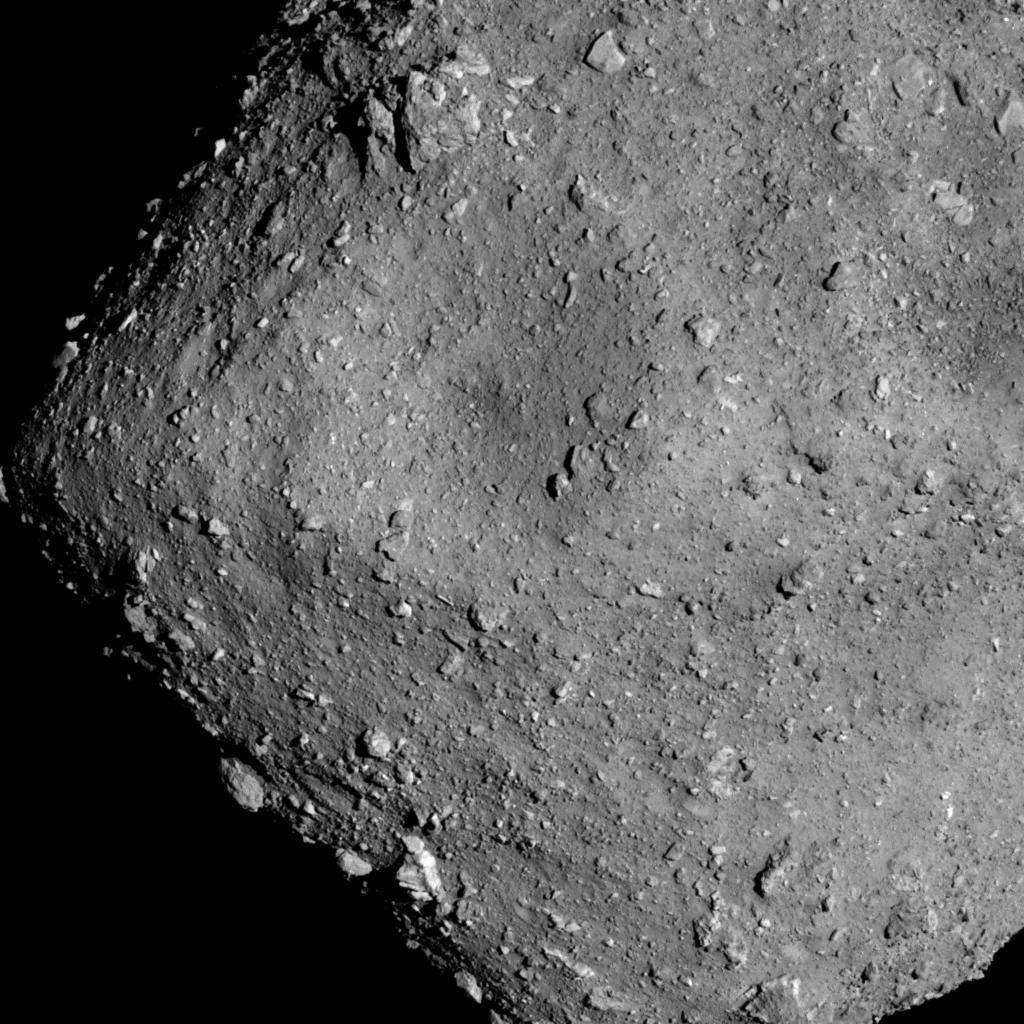

Harvesting plants in microgravity with resident farmer, astronaut Ricky Arnold, studying tiny organisms and their big role in astronaut health and uncovering how the crew catches 💤’s aboard the International Space Station. For all this and more, watch the latest episode of NASA’s Space to Ground:
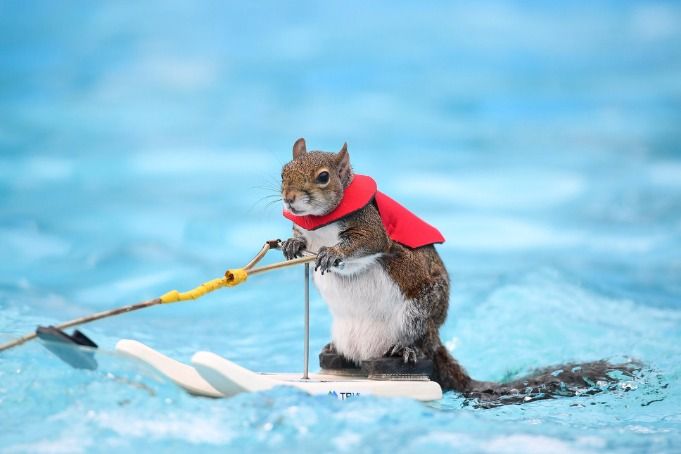
BEIJING — Next time when your kids ask you to bring them a star from the sky, you don’t have to shrug and walk away. Tell them to wait, instead.
A group of Chinese scientists are mulling a bold idea to capture a small near-Earth asteroid, which might be a potential threat, and bring it back to Earth to exploit its resources.
“Sounds like science-fiction, but I believe it can be realized,” said Li Mingtao, a researcher at the National Space Science Center under the Chinese Academy of Sciences.
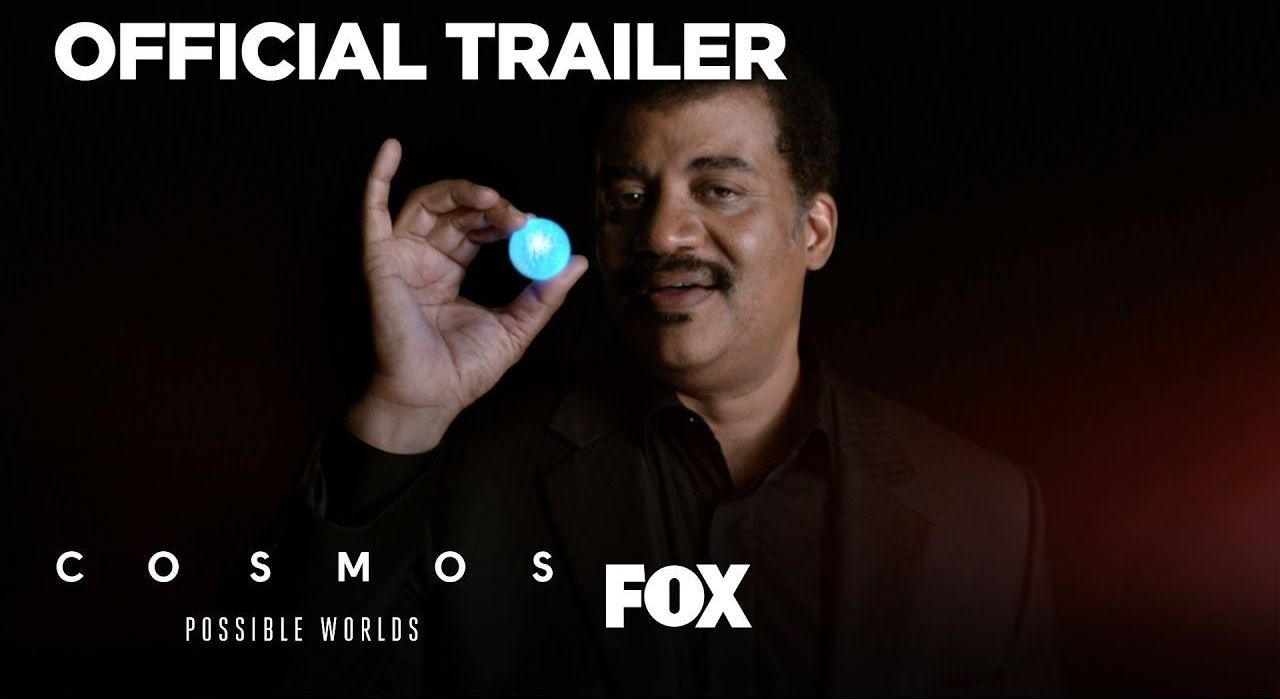
Watch the official trailer for Cosmos: Possible Worlds.
Subscribe now for more Cosmos: Possible Worlds clips: http://fox.tv/SubscribeFOX
See more of Cosmos: Possible Worlds on our official site: https://fox.tv/CosmosPossibleWorlds
Like Cosmos: Possible Worlds on Facebook: https://fox.tv/CosmosPossibleWorlds_FB
Follow Cosmos: Possible Worlds on Twitter: https://fox.tv/CosmosPossibleWorlds_TW
Follow Cosmos: Possible Worlds on Instagram: https://fox.tv/CosmosPossibleWorlds_IG
Like FOX on Facebook: http://fox.tv/FOXTV_FB
Follow FOX on Twitter: http://fox.tv/FOXTV_Twitter
Add FOX on Google+: http://fox.tv/FOXPlus
Airing as a global event on FOX and National Geographic, the Emmy and Peabody Award-winning COSMOS will return for its third season in Spring 2019. It will once again be executive-produced, written and directed by Ann Druyan (NASA’s Voyager Record, “Cosmos: A Personal Voyage,” “Contact”) and executive-produced by Seth MacFarlane (FAMILY GUY, THE ORVILLE, COSMOS: A SPACETIME ODYSSEY), Brannon Braga (THE ORVILLE, COSMOS: A SPACETIME ODYSSEY), who also is co-writer and director of the series, and Jason Clark (THE ORVILLE, COSMOS: A SPACETIME ODYSSEY). Neil deGrasse Tyson, the famed pop-culture icon, astrophysicist and host of the Emmy Award-nominated “StarTalk,” will return as host. Co-created by the legendary astronomer Carl Sagan and Ann Druyan in 1980, COSMOS has transported a global audience to the farthest reaches and most deeply hidden recesses of the universe. In the course of those journeys, the series has examined the real stories of the forgotten searchers who helped us understand our place in the universe. Following the wildly successful second season, COSMOS: A SPACETIME ODYSSEY, seen by more than 135 million people worldwide on National Geographic and FOX, and the most-watched series ever on National Geographic Channels internationally, the new season, COSMOS: POSSIBLE WORLDS, will premiere in the U.S. on both FOX and National Geographic and globally on National Geographic in 180 countries and 43 languages. Continuing the legacy of its predecessors, COSMOS: POSSIBLE WORLDS will translate the revelations of science into a lavishly transporting experience, taking audiences on a series of spiritual voyages of exploration. We are living in the golden age of discovery of new worlds to explore and possibly inhabit. In the vastness of time and the immensity of space, their number and the stories they contain are virtually infinite. The new season will reveal previously uncharted realms, including lost worlds and worlds to come, and those that we may one day inhabit in a thrilling future we can still have. In conjunction with the launch of the new season, National Geographic Books also will publish a companion book, COSMOS: POSSIBLE WORLDS, by Ann Druyan, the long-awaited follow-up to Carl Sagan’s historic international bestseller, COSMOS: A Personal Voyage.
COSMOS: POSSIBLE WORLDS | Official Trailer | FOX BROADCASTING
http://www.youtube.com/FoxBroadcasting
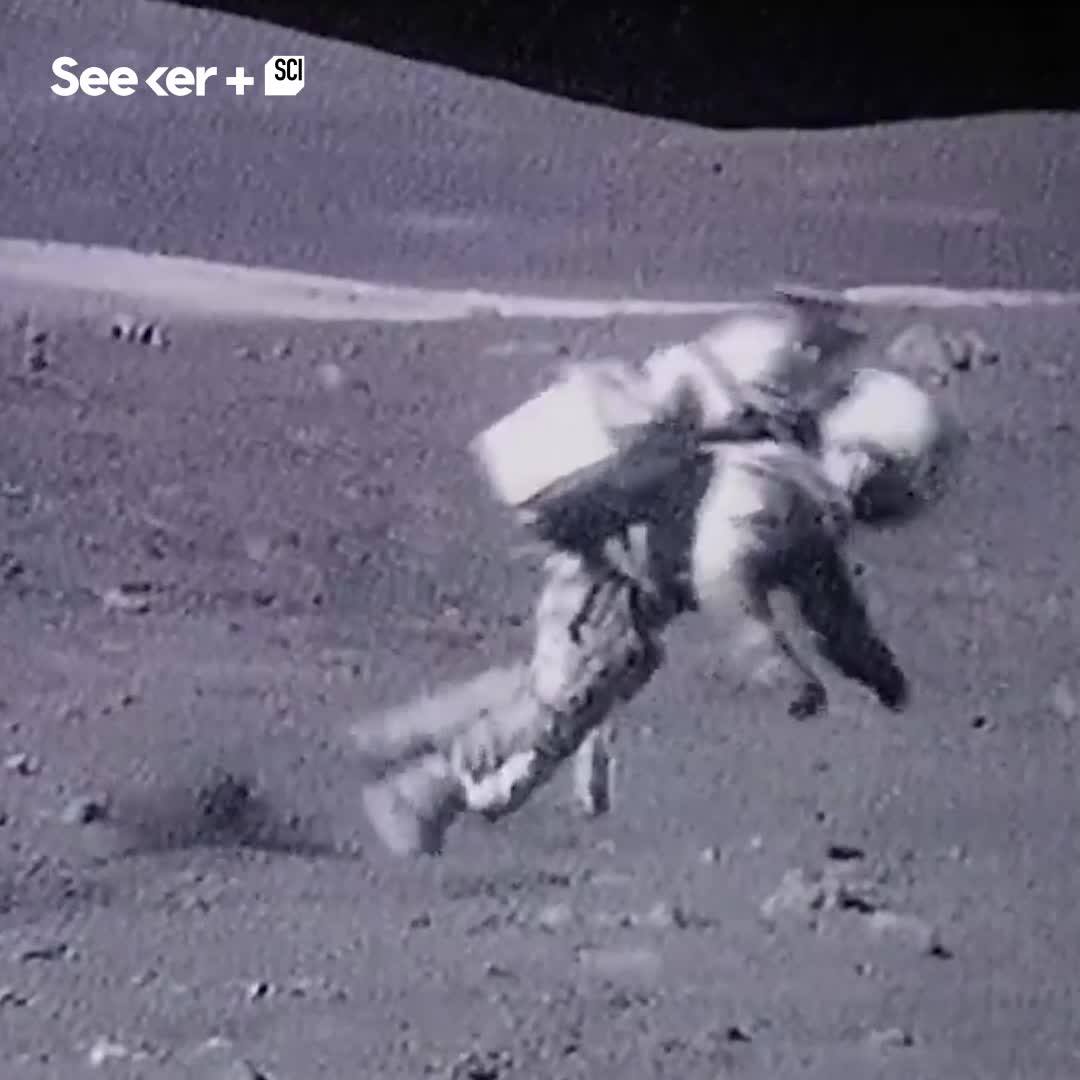
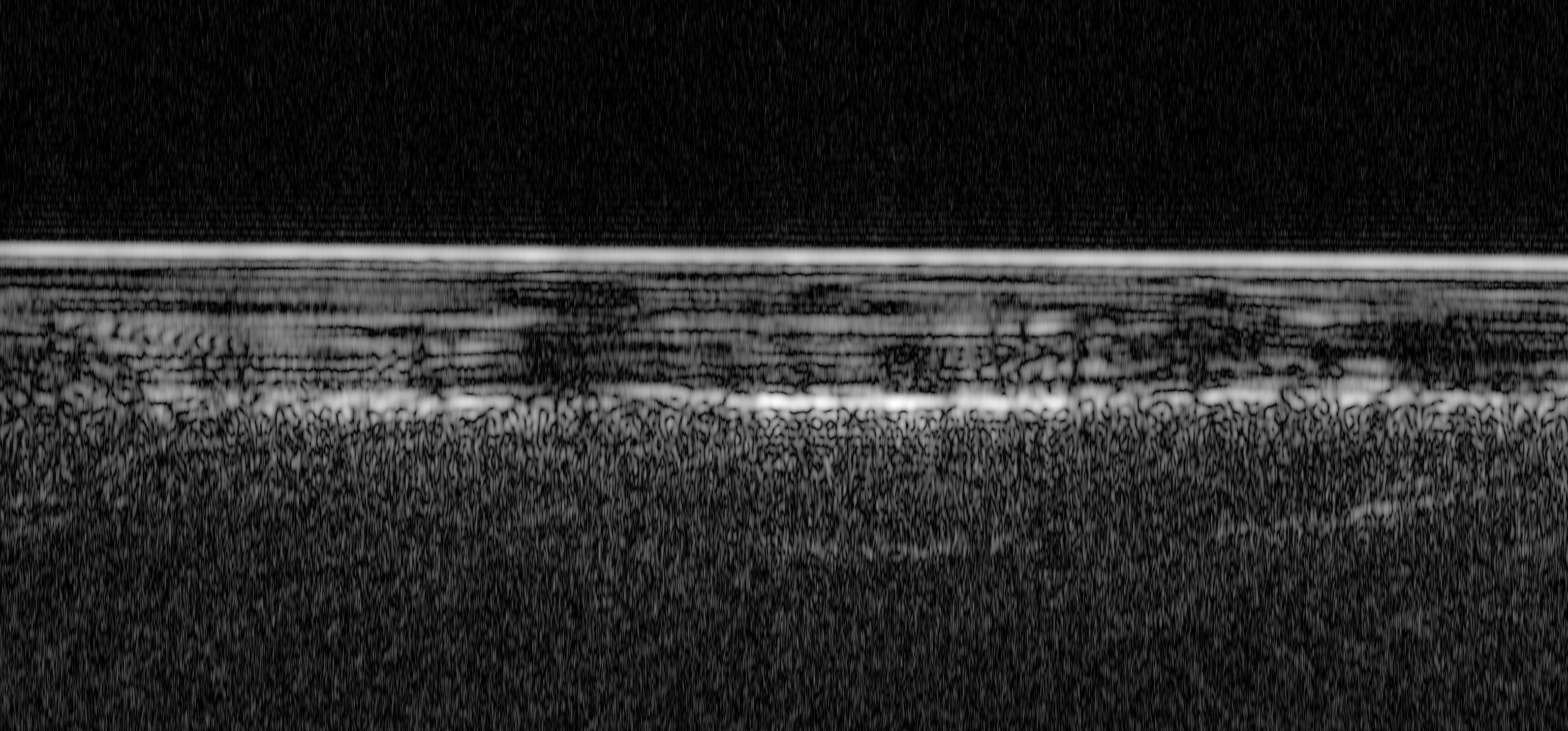
A radar instrument on one of the oldest operational Mars orbiters has discovered possible evidence of present-day liquid water on Mars.
Liquid water on Mars? Again? Yes, again. The announcement came at a press briefing held by the Italian Space Agency in Rome, concerning a paper published today in Science.
How is today’s water-on-Mars hoopla different from all of the past announcements? In brief: the evidence is from a new instrument, examining a new location on Mars, and it’s the first place we’ve seen evidence for a present-day body of water that is liquid and stays liquid. For years.